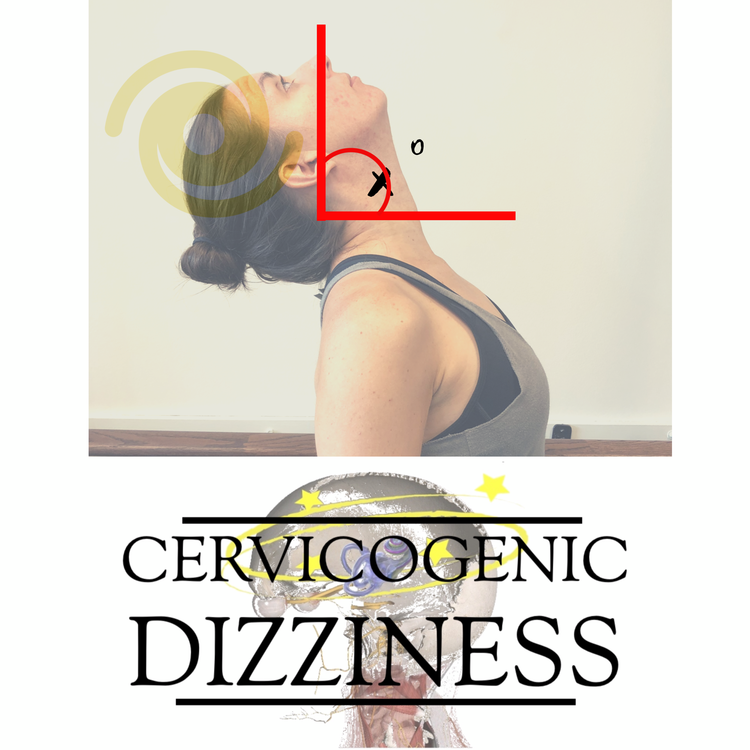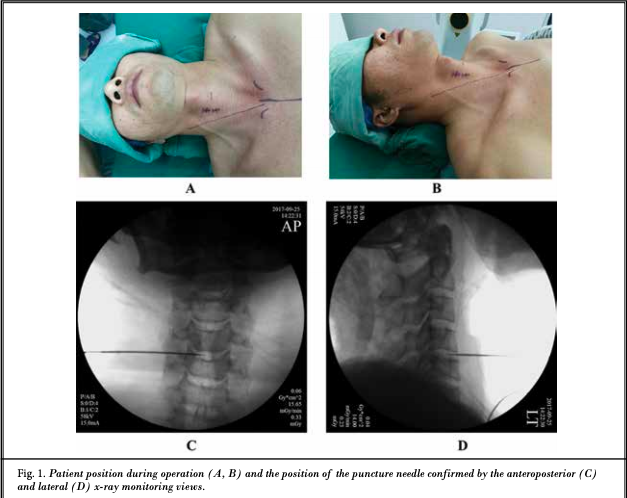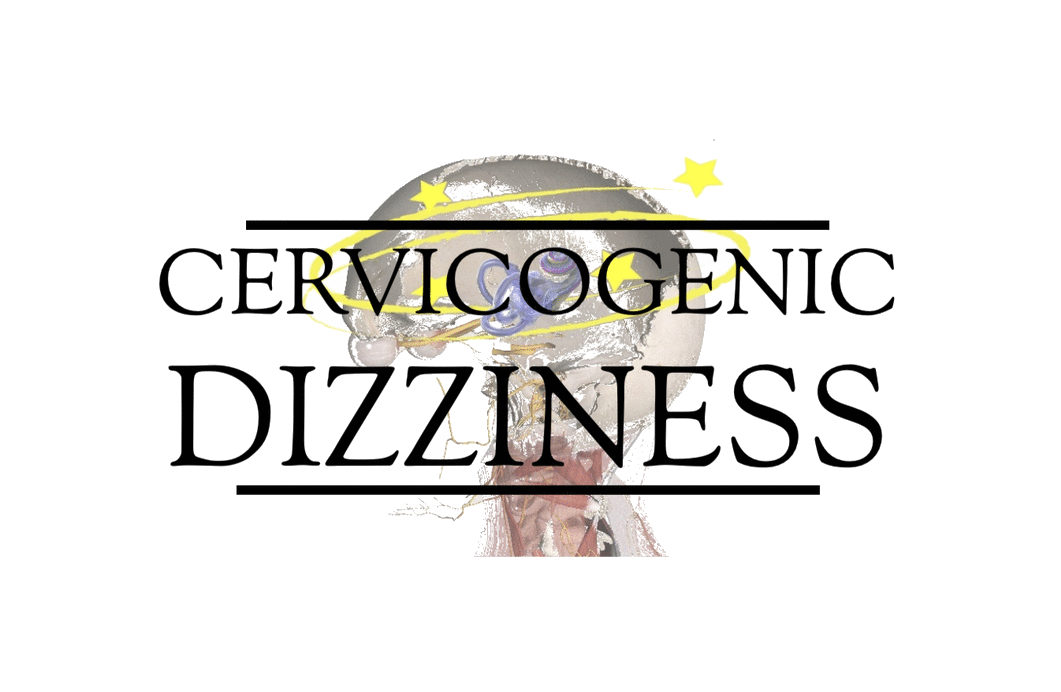
Ahhh, in the conservative rehabilitation field, we do not like seeing positive results from surgery studies!
Just being honest with that statement, but, at times, some individuals are very appropriate for surgical procedures. Most surgeons (and of course insurance companies now) will even say surgery is not first-line approach, especially for Cervicogenic Dizziness. We have actually written on this topic before in a previous post that you can find here.
In 2019, Li et al assessed the clinical outcomes of patients with cervical vertigo who failed to improve with conservative care and who were subsequently treated with percutaneous disc decompression with coblation nucleoplasty (PDCN). To my knowledge, this is the first long term study showing outcomes of surgery (minimally invasive) for the treatment of Cervicogenic Dizziness or Cervical Vertigo.

Photo: Li et al 2019
The point of this post is not to assess the details and and approach of this procedure for Cervical Vertigo, but to mainly speak about the last statement the authors wrote in the discussion session:
We are thus going to carry out a prospective RCT comparing PDCN with manual therapy to confirm the effectiveness of PDCN in cervical vertigo.

The biggest takeaway: we want physical therapy with manual therapy (conservative care) to be more effective or just as effective as surgery (even minimally invasive) in treatment of Cervicogenic Dizziness or Cervical Vertigo. A prospective RCT is high level evidence and if the results go the other way, it gives precedence in lighting the fire of more surgery procedures as treatment for this condition. Of course, this would be even worse for our industry if the study is a long-term (at least 1 year) follow-up.
In the physical therapy and rehabilitation research, we have two long term follow-up studies. One by Susan Reid and her colleagues in 2015 and from Malmstrom et al in 2007.
Otherwise, at least at the time of this writing, we don't have the juice or thick substance in making our argument of solely conservative measures of manual physical therapy for treatment of Cervicogenic Dizziness.
Pondering thoughts --- let's continue to give a big fist bump for our researchers and scientists who are making strides in better research on this condition. I have to say I haven't published on this topic even though we teach it. I rely heavily on our academicians in our industry to help me out make my argument.
One thing I alluded to in the video is the limitation behind RCTs. Biggest one I run across clinically is lack of multiple procedures that are usually necessary for more complicated cases, such as in cases that led to surgery in the Li study. That is why we teach not only several types of manual therapies throughout the cervical spine, but this in combination of pain-reliving exercises, motor control exercises, vestibular and sensorimotor approaches. Dizziness alongside cervical pain is unlike headaches, which do not normally have multiple dysfunctional afferent input from the vestibular, visual AND sensorimotor (i.e. proprioception from the neck) systems. Therefore, it is pertinent that the clinician knows how to effectively treat these systems in order to most effectively treat Cervicogenic Dizziness.
Cervicogenic Dizziness Course
You can learn more about the screening and treatment process of Cervicogenic Dizzinesss through Integrative Clinical Concepts, where the authors (husband–a manual therapist a wife—a vestibular specialist), teach a very unique course combining both the theory and practice of vestibular and manual principles in their 2-day course. Pertinent to this blog post, the 2nd day includes the “Physio Blend”, a multi-faceted physiotherapist approach to the management of Cervicogenic Dizziness, which includes treatments of the articular and non-articular system of manual therapy and the most updated sensorimotor exercise regimen.
If you would like to host a course for your staff (either a vestibular, neuro, sports or ortho clinic), please do not hesitate to contact me at harrisonvaughanpt@gmail.com for more information.
AUTHORS
Harrison N. Vaughan, PT, DPT, OCS, Dip. Osteopracic, FAAOMPT
Instructor: Cervicogenic Dizziness for Integrative Clinical Concepts
Danielle N. Vaughan, PT, DPT, Vestibular Specialist
Instructor: Cervicogenic Dizziness for Integrative Clinical Concepts



